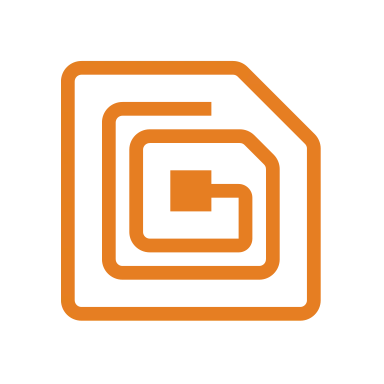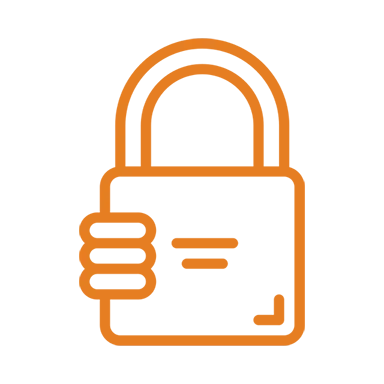RFID cabinets are a game-changer for secure storage and real-time asset tracking. While RFID adoption has steadily increased—used by over 35% of manufacturers as of 2020 and climbing—many businesses are still discovering the full range of its applications.
Beyond warehouse doors and supply chain checkpoints, RFID is now being integrated directly into storage units to improve inventory visibility, tighten security, and streamline operations.
In this article, we’ll explore how RFID cabinets work, their key benefits, and the industries seeing the biggest impact from this innovative solution.
What are RFID Cabinets?
An RFID cabinet is a storage unit equipped with RFID technology. It integrates traditional cabinet functionalities with the capability to monitor, track, and secure items stored within it. This is achieved through the inclusion of RFID readers and antennas within the cabinet structure, which communicate with RFID tags affixed to the stored items. These tags contain unique identification information, allowing for seamless tracking and management.

RFID cabinets via Zebra Technologies
Key Features and Functionalities
The operation of these cabinets hinge on the interaction between RFID tags, readers, and a central management system. When an item equipped with an RFID tag is placed inside the cabinet, the tag’s information is captured by the RFID reader.
The cabinet transmits data to the central system, which processes and records each item’s presence. The system updates in real time, showing instantly which items remain in the cabinet and which have been removed. This real-time tracking capability sets RFID cabinets apart from traditional storage solutions.
Key Features
- Item-Level Tracking – cabinets track each item automatically through its unique tag, eliminating manual checks and providing precise visibility of location and movement.
- Access Control and Security – Only authorized users with credentials can access the cabinet, protecting valuable or sensitive items.
- Automated Auditing and Reporting – The system automatically logs all activity, creating accurate, searchable records of item movement and history.
- Alerts and Notifications – Cabinets can send alerts when items are removed without authorization or other defined events occur.
- Integration Capabilities – RFID cabinets connect seamlessly with existing inventory or asset management systems for unified control.
Equipment and Inventory RFID Can Track
- Tools and Equipment – Hand tools, power tools, gauges, and calibration devices
- Medical Supplies – Surgical instruments, implants, pharmaceuticals, and PPE
- IT Assets – Laptops, tablets, hard drives, and network devices
- Uniforms and Garments – Employee uniforms, lab coats, and safety gear
- Laboratory Materials – Specimens, reagents, and research instruments
- Manufacturing Components – Parts, molds, fixtures, and assembly kits
- Documents and Files – Sensitive records, contracts, or classified materials
- Weapons and Tactical Gear – Firearms, ammunition, and protective gear
- Electronics and Prototypes – Engineering samples, test devices, and R&D assets
- Returnable Containers – Bins, totes, and other reusable shipping materials
Applications Across Industries
RFID cabinets find valuable applications across a spectrum of industries, each benefiting from their unique features:
Healthcare
In healthcare settings, trackable cabinets are utilized to secure and track medical supplies, pharmaceuticals, and high-value equipment. This ensures that critical items are readily available while maintaining strict compliance with regulatory standards.
Retail and Apparel
Retailers leverage cabinets to manage high-value merchandise, preventing theft, ensuring accurate inventory levels, and enhancing the shopping experience for customers.
Laboratories and Research Facilities
Research environments benefit from RFID cabinets to safeguard sensitive materials and track the movement of valuable equipment, contributing to efficient and organized operations.
Manufacturing and Production
In manufacturing, trackable cabinets are used to securely store tools, components, and small machinery. The automated tracking capability ensures that essential items are readily available for production processes.
Government and Military
Government agencies and military organizations use RFID cabinets to manage and secure sensitive equipment, weapons, and classified materials

RFID Cabinet FAQs
Can RFID Cabinets be Customized for Different Storage Needs?
Yes. RFID cabinets can be customized to fit different storage requirements, including size, shelving layout, and material type. Depending on the application, cabinets can be configured to track specific items such as tools, medical equipment, uniforms, or electronic components.
Additional features—like access control, environmental sensors, or integration with existing inventory systems—can also be added to meet specialized operational or regulatory needs.
What Types of Items Can be Tracked Inside an RFID Cabinet?
Almost any item fitted with an RFID tag can be tracked, including tools, instruments, IT assets, garments, and sealed containers. Both passive and active RFID systems can be used depending on read range and environmental conditions.
Do RFID Cabinets Require Special Tags or Readers?
Cabinets can support various RFID tag types and frequencies (UHF, HF, or active), depending on the application. CYBRA’s Edgefinity IoT software ensures compatibility with most industry-standard readers and tag formats.
How Secure are RFID Cabinets?
Cabinets can include features such as keycard access, biometric authentication, and event logging. Each access event is automatically recorded, ensuring accountability and reducing the risk of unauthorized use or loss.
Conclusion
RFID cabinets represent a significant advancement in inventory management and asset security. Their integration of RFID technology with traditional storage solutions opens up a wealth of possibilities for businesses seeking to optimize their operations.
Whether in healthcare, retail, laboratories, manufacturing, or government settings, the benefits are far-reaching, offering enhanced security, efficiency, and control over valuable assets. As RFID technology continues to advance, we can expect to see even more innovative applications cabinets in the years to come.
Interested in RFID?
An RFID tracking system can help organizations of all sizes improve their supply chain efficiency. Contact the CYBRA team to schedule a demo today.
















